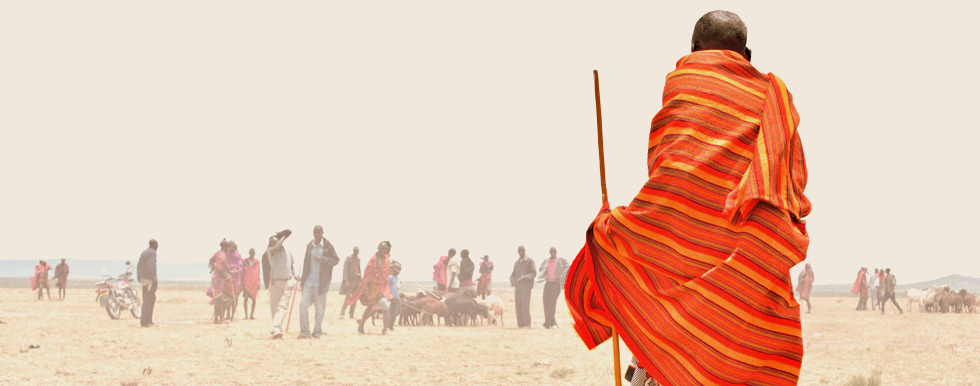A Blueprint for Sustainability in the Masai Mara
By Evelyn Makena for the Daily Nation
Conservation importance
Presently there are 14 conservancies covering an area of 142,000 hectares. Three more conservancies are in the pipeline which will increase the coverage by another 27,000 hectares.
“The conservancies act as migratory corridors for wildebeest. They also host lots of resident wildlife like elephant, zebra, buffalo and lion.”
How it works
Individual Maasai landowners lease their land to tourism investors who put it under conservation. They receive a fee and benefit from employment in the camps in the conservancies. The community is able to graze their livestock in the conservancies.
“During the recent drought, the herders in Maasai Mara did not go outside the area since they had grass banks. We were even able to help herders from other areas who came in search of pasture.”
What about women?
Although men are the recipients of the rents, measures have been put in place for women to benefit through honey and beadwork projects. In addition, girl-children are the focus of educational scholarships through the Maa Trust.
Challenges & Solutions
The biggest challenge for the conservancies is to ensure their longevity beyond the lease expiry period (15 years). The dynamics are changing with expanding populations putting pressure on available land.
“We have to improve the value we pay landowners to equate to other activities like agriculture.”
Introducing better cattle breeds for improved returns and carbon trading are some of the options conservancies are exploring to improve benefits to the community.
“The survival of the Maasai Mara National Reserve lies with the conservancies.”

More Positive Impact Articles

Electric Vehicles: The Future Of East African Safari Travel?
12 January 2020October 2019 saw the arrival of our first electric, solar-powered safari vehi...

Its Our 15th Birthday: Celebrating 15 Years of Making a Genuine Difference
08 November 2019This year, we're celebrating our 15th birthday and commemorating 15 years of...

World Tourism Awards 2019: Asilia Recognised For Our Positive Impact
01 November 2019The World Tourism Awards acknowledge, reward, and celebrate excellence across...

Supersized Traditional Maasai Necklace
21 October 2019In 2009, we became a founding member of the Mara Naboisho Conservancy and sin...





